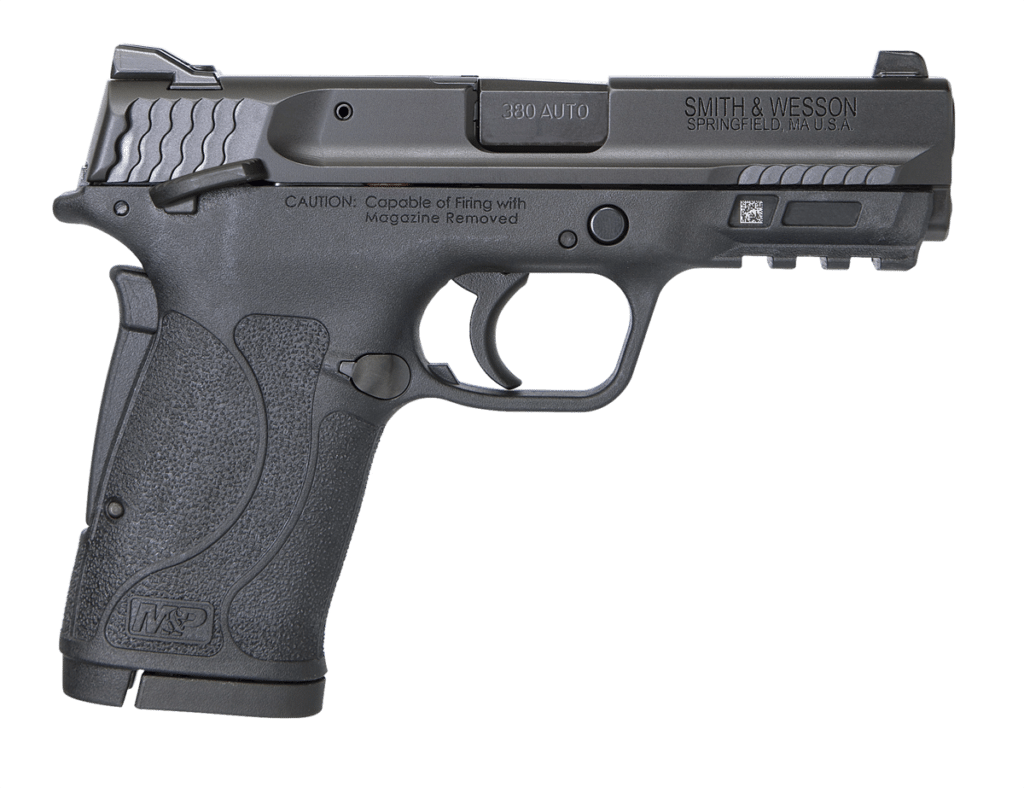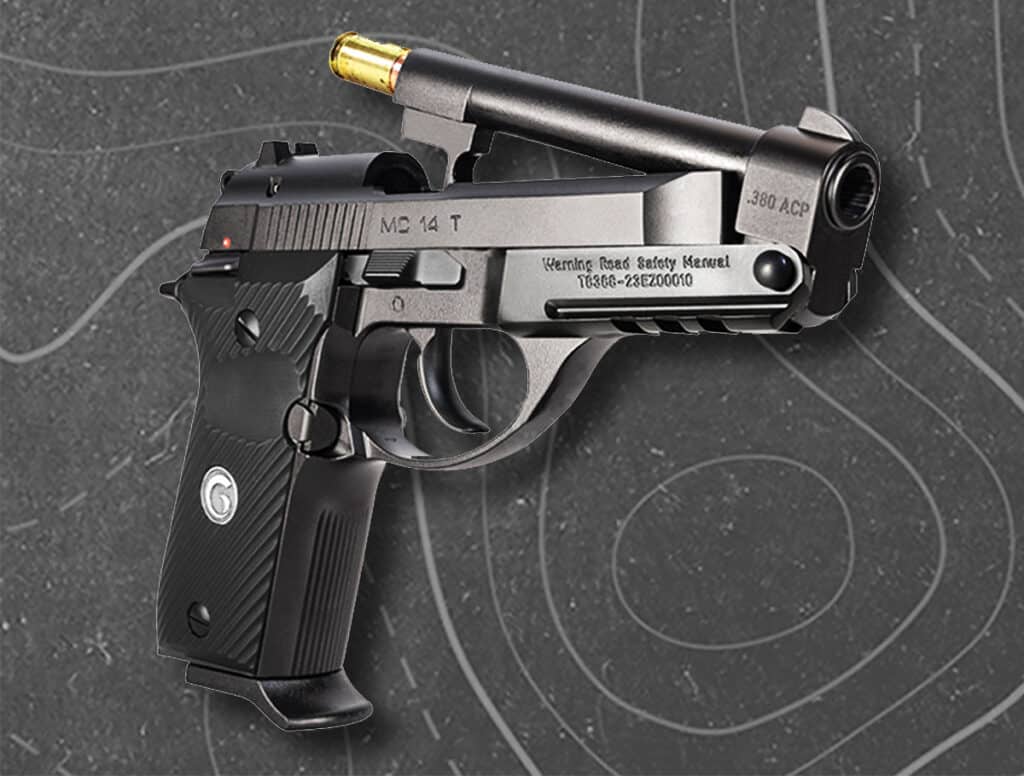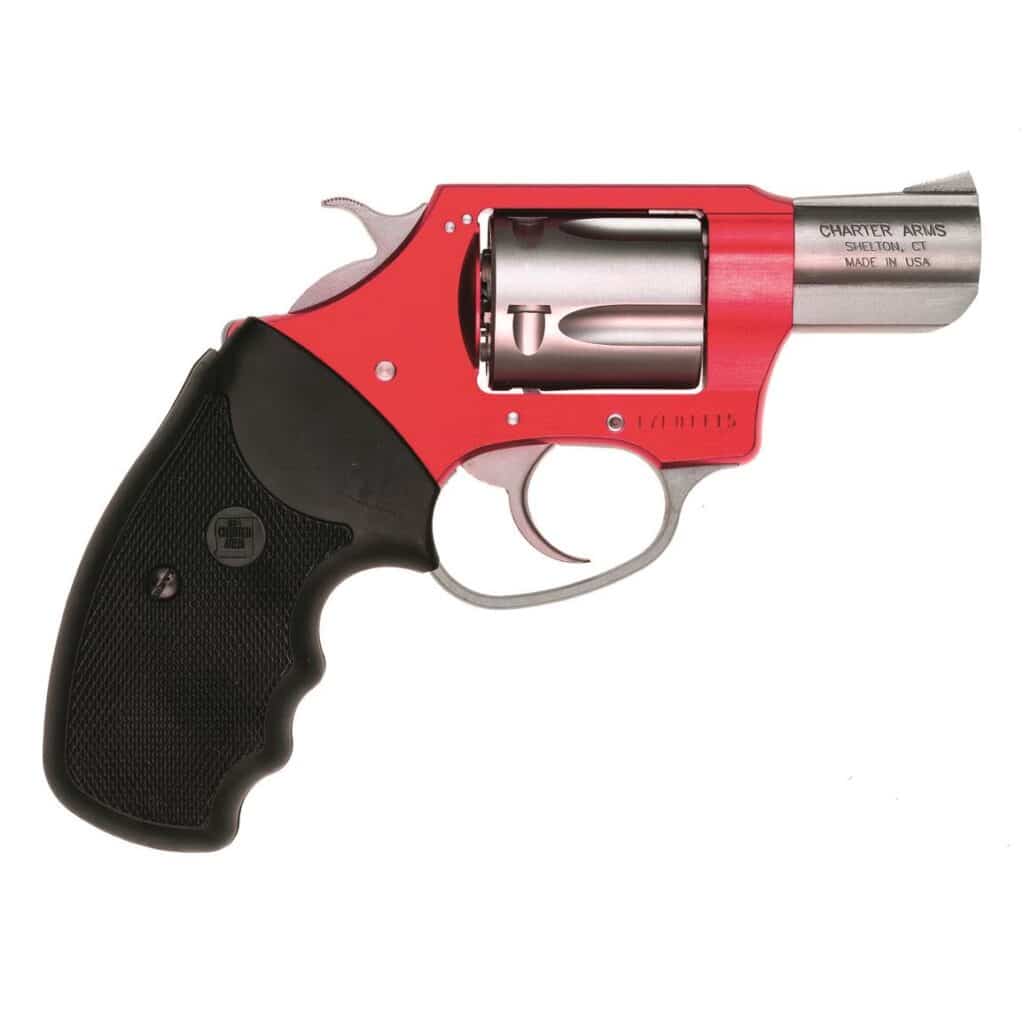It is a cruel irony that senior citizens, who have an even more pressing need for self-defense capability – because they are viewed by criminals as being easy targets – often find it ever harder to utilize those tools of self-defense in any fashion, from hand-to hand-skills to weapons of all kinds.
My heart breaks every time I go to a gun range and see a senior citizen couple (who are my age in the interest of full disclosure) who have decided, often after six-plus decades of not owning a firearm, to finally purchase a pistol for home defense or self-defense away from home.
Because invariably, quite a few of us might buy something that will be (select all that apply): difficult to load; uncomfortable to shoot (too much recoil, not the right fit in the hand, too heavy to aim, too much muzzle blast, slide “biting” the web of your hand during recoil, etc.), inherently inaccurate, or too difficult – if it doesn’t fire as advertised – to apply immediate action to get it working again when a bad guy is trying to kill you.
The most fundamental problem is that a shooter must have a certain amount of strength to hold up their weapon at arm’s length, and to hold on to it throughout firing. Depending on your strength, for a long gun (shotgun), that essentially might be impossible, and even lightweight handguns might be challenging. This presents a two-pronged dilemma, because as weight of a weapon decreases, to make the firearm easier to lift and hold, recoil increases. (Note: you can help with this by practicing every day holding a 2-3 pound small dumbbell with both hands, arms extended as you would a pistol and keeping that position for at least 10 seconds, working upward for longer times, and so you don’t shake while you are doing it.) YOU CAN DO THIS!
Then there is the dreaded coordination, or manual dexterity, that seems to vanish with each passing year. Fingers don’t work as readily or as smoothly as they used to, and manipulating tiny, detailed control levers, or loading a magazine into a semi-auto, or reloading the cylinder in a revolver, can be so challenging that not even John Wick could do it on his first take. In short, here are the challenges:
- Difficulty in inserting cartridges or magazines
- Manipulation of controls (magazine release, safety, etc.)
- Retracting slide to load or clear (known as racking the slide)
- Holding pistol up at arm’s length
- Maintaining adequate stability for the gun when firing
And these are often difficult to quantify, unlike weight, size, capacity, ballistics. If I became a gun range owner with an FFL (so I could order you the exact model you want), I would have several pistols available for you to fire at the range BEFORE you make a decision on what to buy. You have to feel the difference yourself in firing, not just take anyone’s advice as Gospel, not even mine. I would urge you to fire enough ammunition (that you obviously pay for) through each weapon that is forces you to reload it twice, so you can check out the ease or difficulty in doing that. We’re talking 30-40 rounds per pistol. In 40 rounds, you’ll know if the gun is fun to shoot, or is painful, or too heavy to hold steady. Normally, you would rent each pistol, which is money well spent, but I would suggest to range owners that if you subsequently buy a new one of these four models, the hour-long rental fee would be waived.
Here are a few pistols I would have available at the range: semi-autos and revolvers, because each type has certain advantages, which you will experience for yourself when you fire them. Have tried to keep similar calibers: .380 for semi-autos and .38 for revolvers. Longer barrels result in somewhat greater muzzle velocity which is a component of stopping power. But the most-important component, in my opinion, is bullet placement on the bad guy. And you can only do that through practice, practice, practice. And you won’t practice, if firing the weapon is uncomfortable, let alone painful.
Smith & Wesson M&P 380 Shield EZ. .380 Auto. Semi-auto. 8-round magazine. 3.68″ barrel. 4.5-lb. trigger pull; single action only. Weight 21.6 ounces loaded. Easier-to-rack slide, easier-to-load magazine, and easier-to-clean design. @$450.
Girsan MC 14T. .380 Auto. Semi-auto, double action or single action. 13-round magazine. 4.5″ barrel. Double action trigger pull 7.5-lb; single action 4.7-lb. Weight 30.6 ounces loaded. No racking required; barrel tips up allowing for manual loading of first round as shown above. Magazine functions better with 12 rounds instead of 13. This weapon has just come out –@$498.
Smith & Wesson 637 Airweight. .38 Special (+P rated). Revolver: double action or single action. Double action trigger pull 9-lb; single action 2-lb. 5-round capacity. 1.875″ barrel. Weight 15.5 ounces loaded.
Charter Arms Undercover Lite. .38 Special. Revolver: double action or single action. Double action trigger pull 10-lb; single action 3.6-lb. 5-round capacity. 2″ barrel. Weight 12 ounces. @$400.
I do not own any of these weapons, but use, instead, a Smith & Wesson 351 PD, .22 Magnum revolver. It holds 7 rounds and fits my needs at my age.
But I am intrigued by the Girsan MC 14T .380 Auto. The other three may have incremental improvements over my 351 PD, although five rounds is not a lot of room for misses. But with the Girsan’s tip up barrel design, which can eliminate racking entirely, combined with a hefty capacity, the Girsan may prove to have revolutionary improvements, and I want to test those, so I know for myself – not having to rely on someone else’s opinion.


